T4K3.news
Apple updates blood oxygen feature through iPhone processing
New watches now calculate blood oxygen on the iPhone for models sold after Jan 17, 2024, amid ITC rules and Masimo litigation.
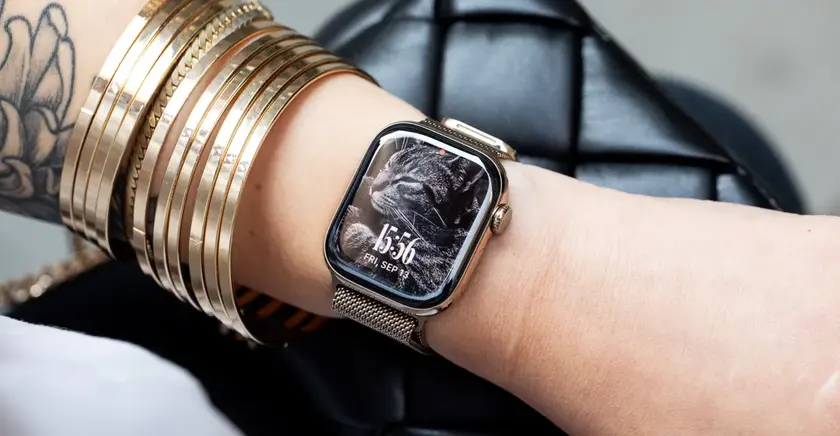
Apple changes how blood oxygen is calculated on newer Apple Watches by processing data on the paired iPhone to meet regulatory requirements amid a legal battle with Masimo.
Apple reroutes blood oxygen data to iPhone for redesigned watch feature
Apple announced a redesigned blood oxygen feature for the Apple Watch Series 9, Series 10, and Ultra 2 that processes data on the paired iPhone rather than on the watch itself. The change is available through watchOS 11.6.1 and iOS 18.6.1 and applies to watches sold after January 17, 2024. Older models and watches sold outside the United States retain the original on-device calculation.
US customs have allowed the import of these redesigned watches as a way to work around the ITC import ban. The shift follows a long-running dispute with Masimo, which has accused Apple of patent infringement and misappropriation of trade secrets. The two companies continue their lawsuits, and Masimo’s patents are set to expire in 2028.
Key Takeaways
"Masimo alleged that Apple had infringed on several of its patents"
From the Masimo patent dispute filings
"This redesign shows how trade rules drive product design"
Editorial observation on regulatory influence
"US customs has ruled that the company will be able to import watches with this redesigned feature"
Official regulatory outcome mentioned in the article
"The data will be viewable in the iPhone Health app under Respiratory"
User-facing data access detail
The move shows how regulatory decisions can shape product design just as much as consumer demand. By moving processing to the iPhone, Apple keeps the familiar health experience while staying compliant with the ban, but it also raises questions about who controls health data and how portable that data remains when the phone is not nearby.
Masimo’s case highlights the high stakes in health tech. If the legal battle lasts, some features could become contingent on court outcomes rather than technology promises. That dynamic could slow innovation and affect how future health sensors are rolled out across devices and markets.
Highlights
- Blood oxygen data now travels from wrist to pocket in the latest update
- Regulatory rules shape device design more often than ads suggest
- Patents drive the pace of wearable health innovations
- Health data should stay in the hands of users
Regulatory and legal risk in redesigned blood oxygen feature
The piece discusses an ITC import ban and Masimo lawsuits that influence hardware design and data handling. The workaround raises potential regulatory scrutiny and public backlash if users see inconsistent behavior across regions or models.
Regulators and users will watch closely as design choices in health sensors continue to merge with mobile platforms.
Enjoyed this? Let your friends know!
Related News

Apple leaks highlight budget MacBook and smart home push
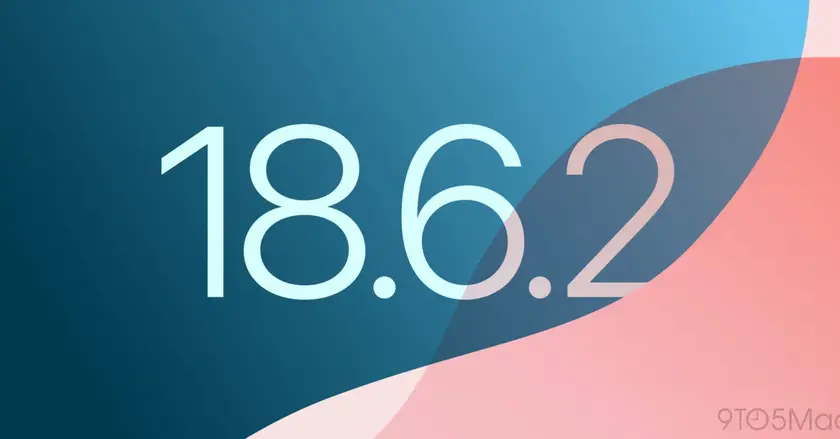
Apple eyes quick iOS 18.6.2 release
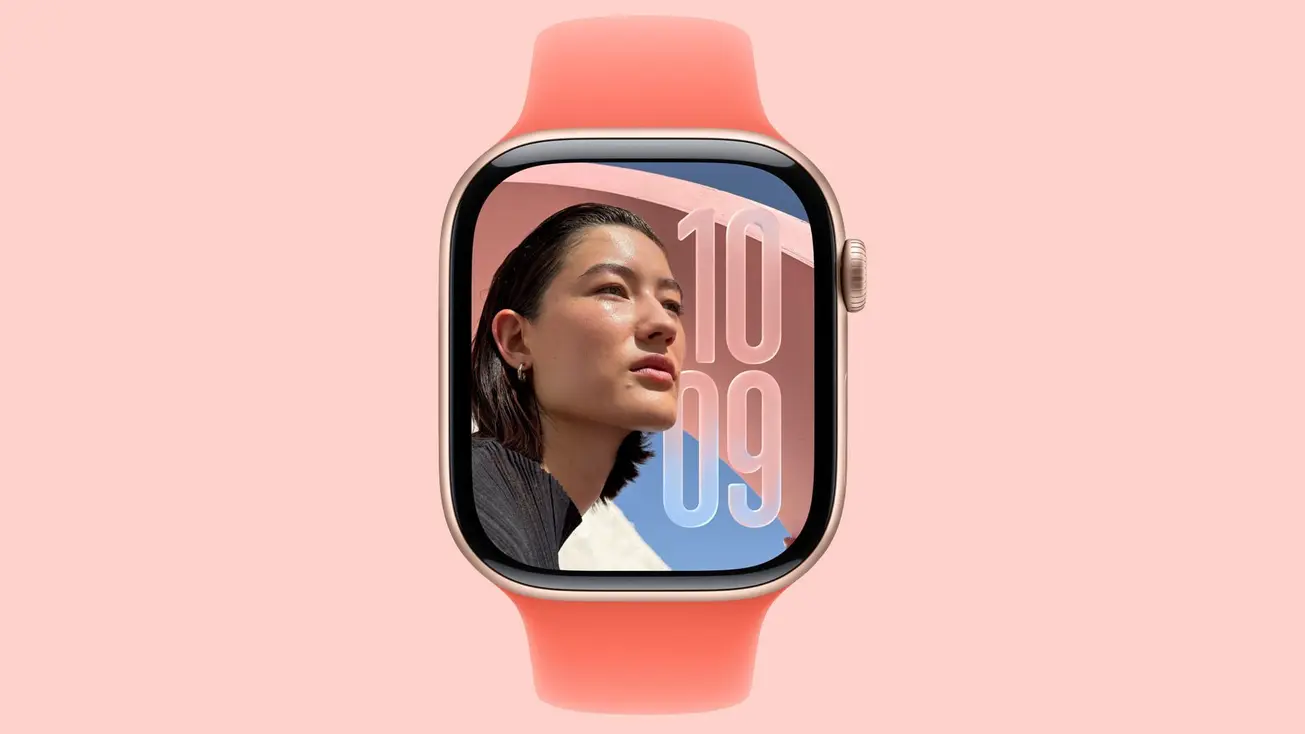
Apple Watch Series 11 Preview Signals New Health Features
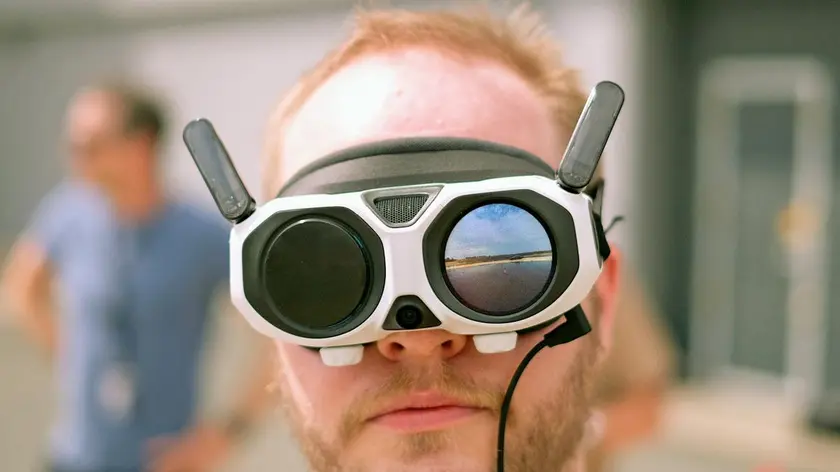
Tech crossover drives new consumer trends
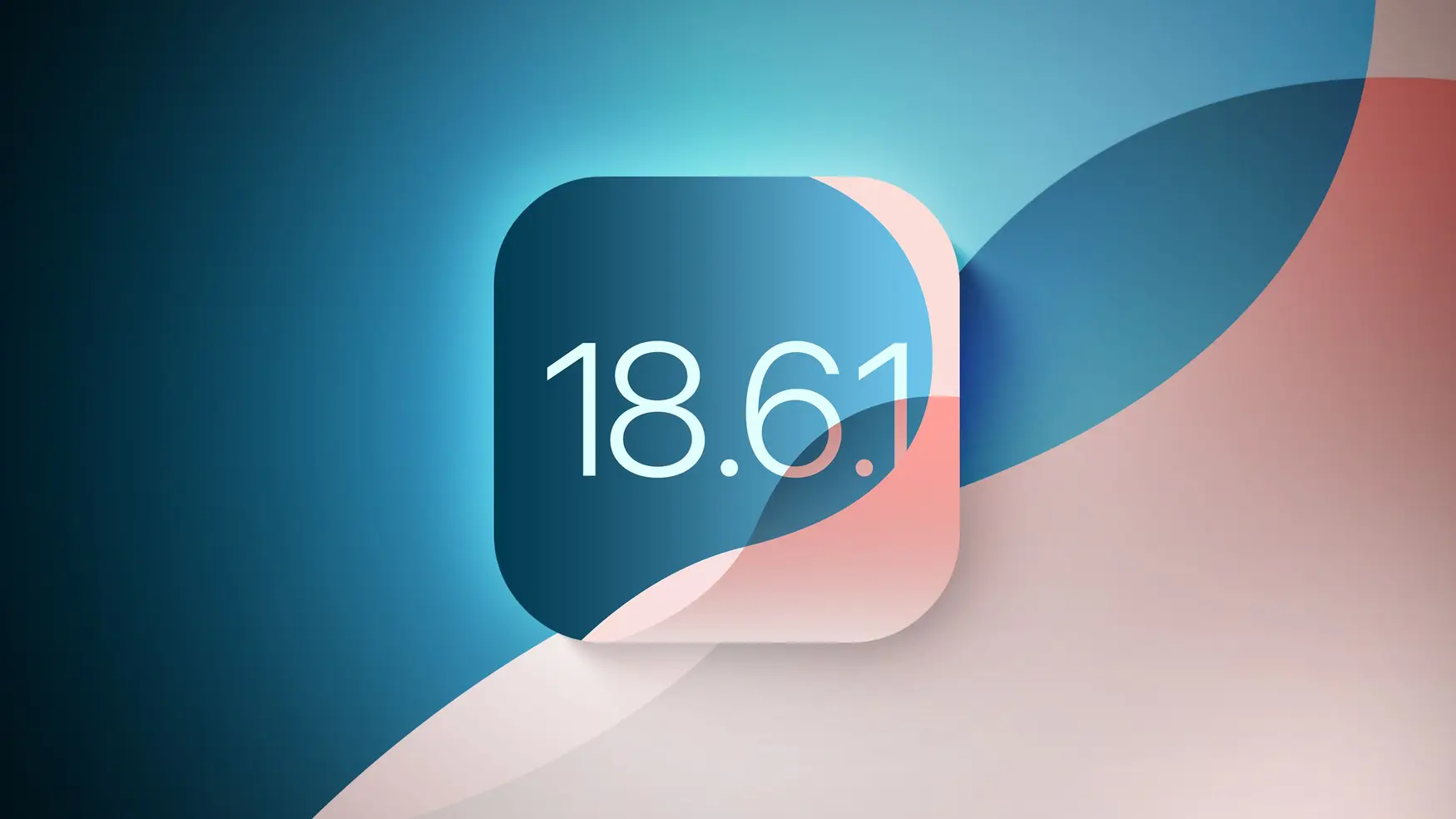
Apple updates iOS and watchOS today
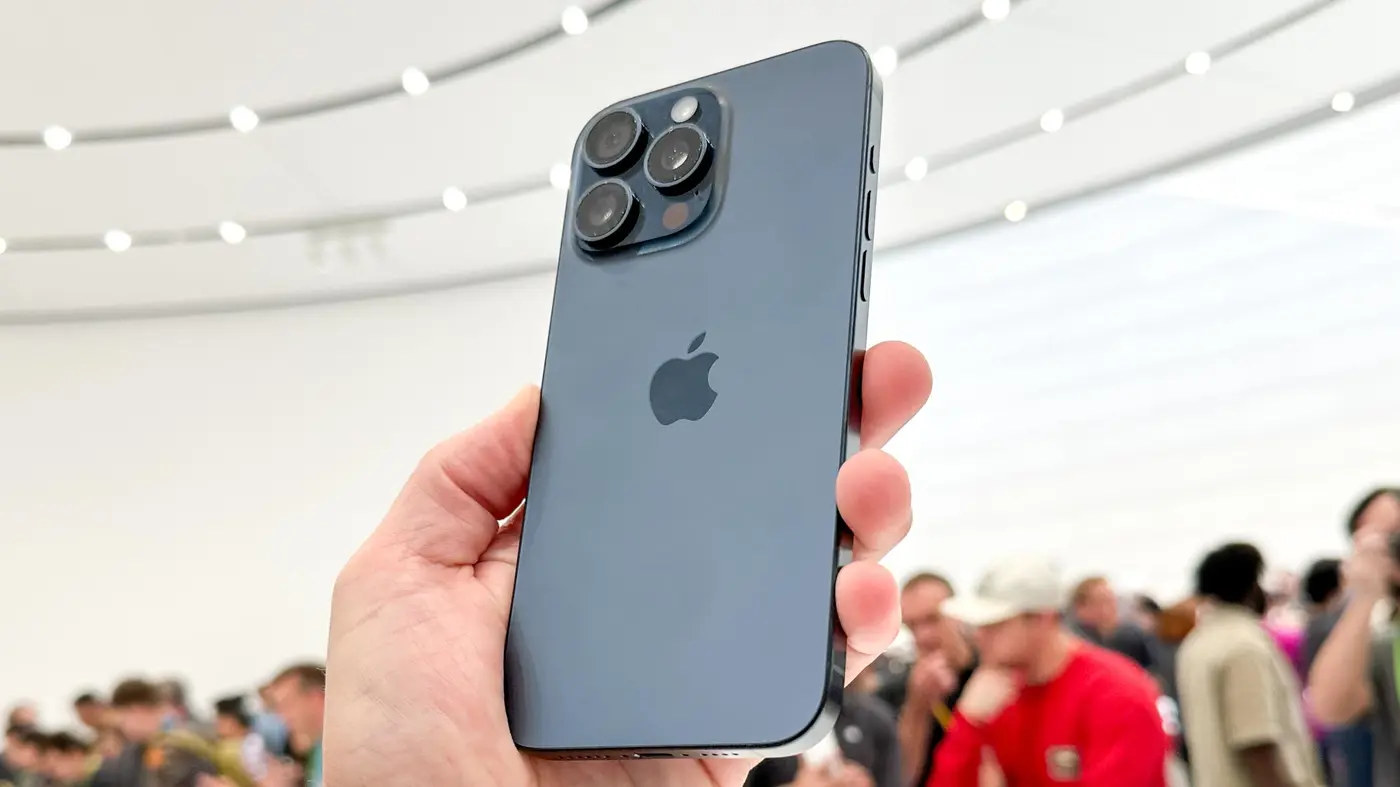
Tech update preview

Apple plans major September launch with iPhone 17 and new watches
